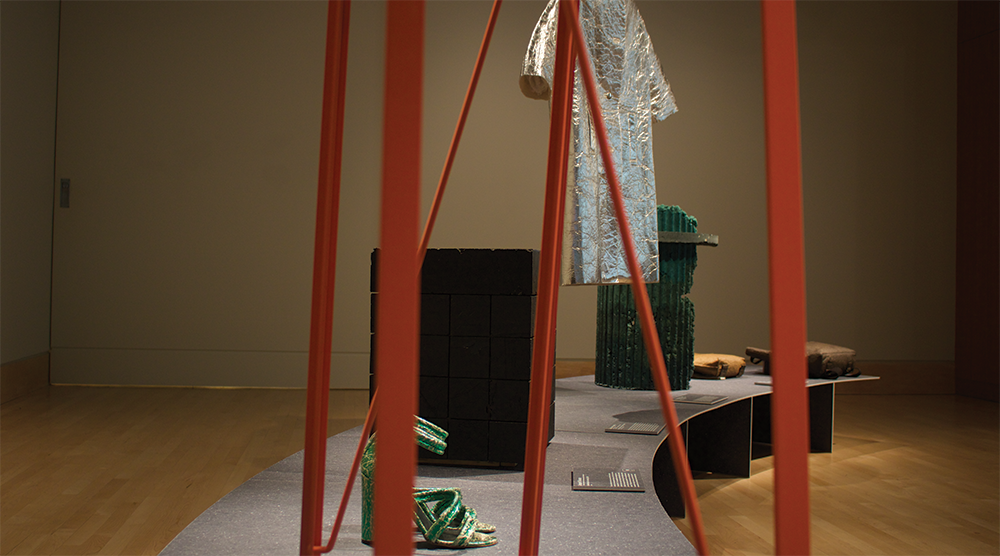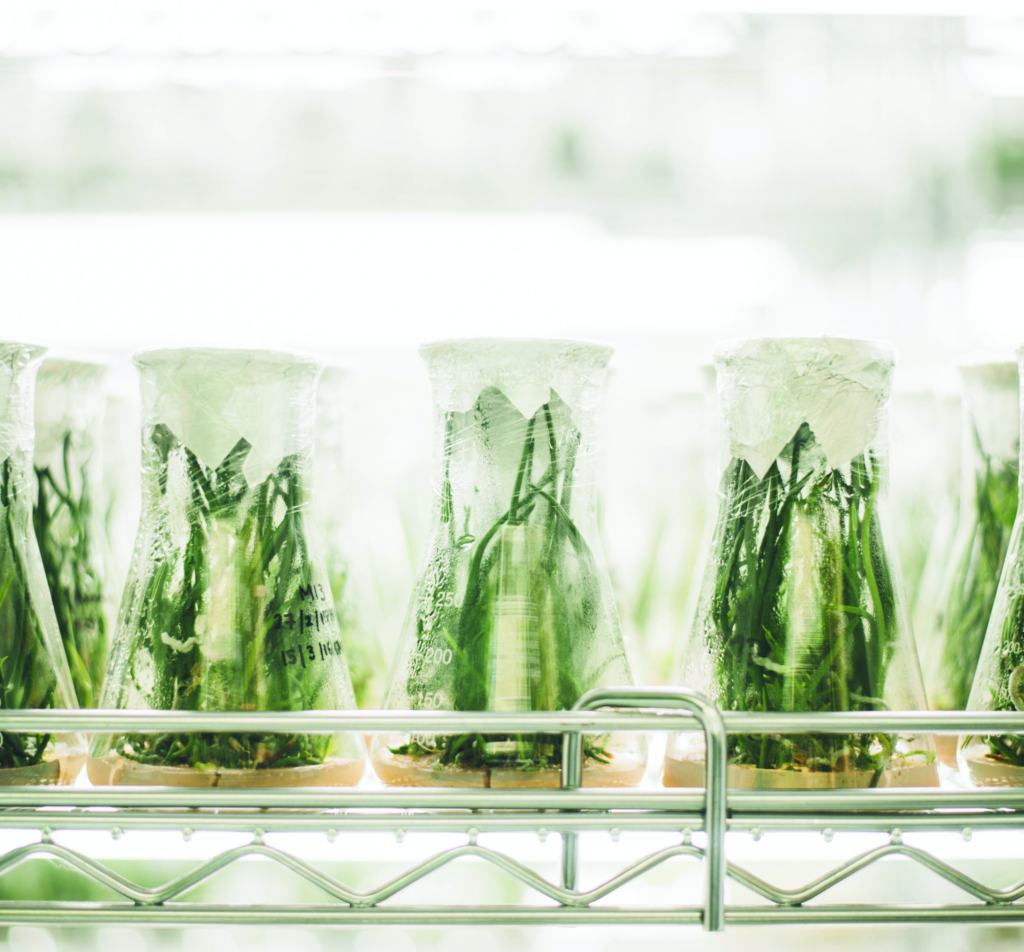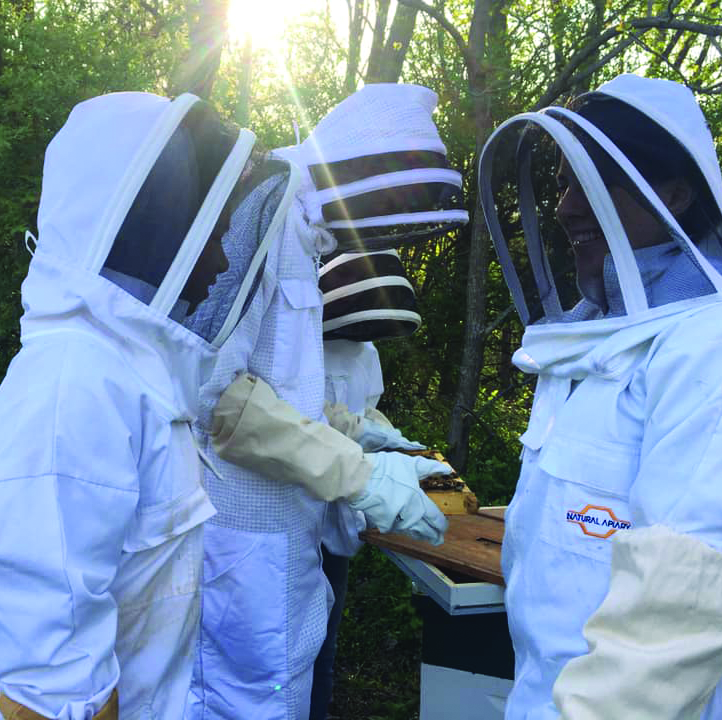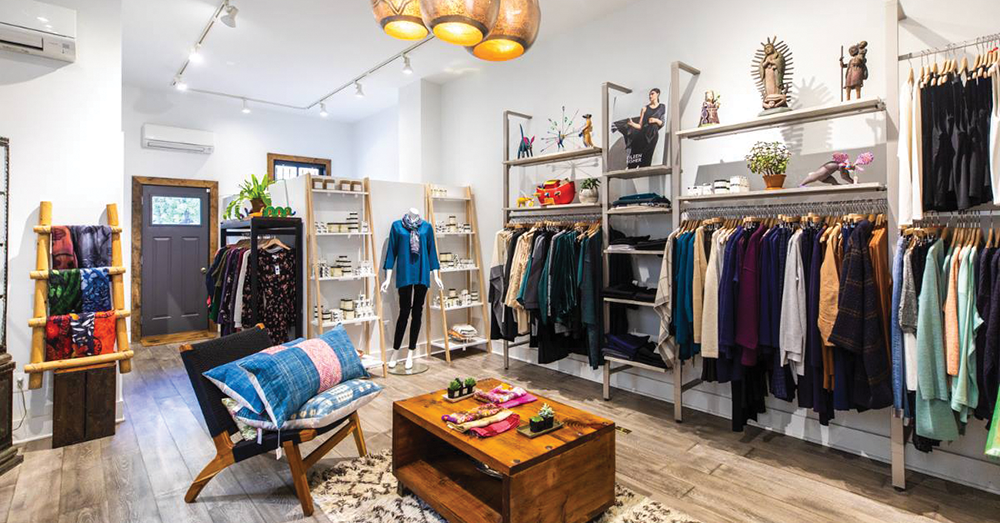Environmental concerns, like the onset of climate change and the impact of pollution, have inspired this new generation of artists to move beyond traditional materials and representations as a means of reconciling destructive human practices with cultural and aesthetic demands. Shining jewelry created from waste left on tropical beaches and eclectic furniture produced from repurposed materials are just some of the ways artists have attempted to transform their works to reflect notions of a sustainable world.
Artists seek to make information about climate change accessible, understandable and personal by putting aside dense scientific data in favor of interactive or visually appealing projects. Museums and galleries have likewise launched ambitious sustainability efforts, and many of them regularly host environmentally inspired exhibits.
In 2016, the Smithsonian Institution released an 87-page Strategic Sustainability Performance Plan in accordance with an executive order passed under President Barack Obama, which directed federal agencies to significantly reduce greenhouse gas emissions by 2025. Feasible energy-saving solutions must work alongside the Institution’s pre-existing waste-reduction measures, according to the Performance Plan.
“Scientific evidence makes clear that climate change is underway and will pose increasing challenges in the coming years. Sea levels are rising, temperatures are increasing, and storms are becoming more intense, among other effects,” the Performance Plan states. “Climate change is already a threat to Smithsonian collections, buildings, grounds, operations, research, and personnel.”
Several Smithsonian museums have also featured climate change-related exhibits in recent years, including the Cooper Hewitt Smithsonian Design Museum, which features a number of pieces collectively titled “Nature By Design.” Each piece demonstrates how humans have reappropriated natural motifs and materials into functional designware.
Closer to campus, the pieces in Georgetown University’s Maria & Alberto de la Cruz Art Gallery until Dec. 15 all repurpose materials to create multi-functional art. “Design Transfigured/Waste Reimagined” features 30 international designers who transform waste and byproducts into attractive, functional objects.
The exhibit includes a ring from the Roosegaarde Studio in Rotterdam, Netherlands, that incorporates condensed smog particles from industrial-strength air purifiers. Artist and self-proclaimed innovator Daan Roosegaarde uses waste of all types, such as with acclaimed works like the Space Waste Lab, an outdoor visualization of space waste that constitutes an aesthetic and educational marvel.

The Malai Studio uses agricultural waste from the coconut industry to make vegan accessories and the Nienke Hoogvliet Studio creates furniture from the cellulose in wastewater to explore waste in its various forms. The objects themselves are beautiful, but their origin stories make them memorable.
Still, it is debated whether artists have a responsibility to use environmentally conscious materials, or if artistic work is exempted for the sake of cultural enrichment.
According to Al Miner, director of the Maria & Alberto De La Cruz Art Gallery, “The primary responsibility of artists to society is to create artwork that impacts culture, whether that comes in the form of a painting whose imagery sparks dialogue about important global issues, or a sculpture that adds beauty to our landscape. To impede the creative process does not serve humanity well.”
For museums and galleries, however, reconciling their commitment to preserving the past with the modern demands of climate change is important but challenging. Sustainable practices can be financially and culturally draining, even for well-endowed institutions with good environmental habits, according to Miner.
“Museums exist to preserve and make accessible cultural heritage. This responsibility will and should always be their top priority,” Miner said. “Like many private citizens, museums struggle with the higher cost of some sustainable practices.”
Climate change also affects many museums’ capacity to create stable and protective climate environments for the artifacts and works of art that they house, according to Miner.
“Something people outside our profession may not understand is the extent to which climate can impact museums,” Miner said. “Museums and conservators struggle to control climate inside their display and storage spaces; a big flux in temperature or relative humidity can cause irreversible damage to an art object.”
The topic of sustainability is as big in the art world as it is in any other sector. Artists, curators, gallery directors and administrative staff are all working on the front lines of climate change.
The artwork created, exhibited and promoted by these individuals forge the path for heightened awareness.
“As more and more people, including artists, acknowledge the impact an individual can have on slowing or reversing devastating climate change, more will volunteer to embrace environmentally friendly materials,” Miner concluded.

















Joannah Wilmerding • Nov 8, 2019 at 9:41 pm
Such an important exhibition and good review. I wish our
President and First Lady could see it!